For Teachers

The NOAA Office of National Marine Sanctuaries aims to provide teachers with resources and training to support ocean literacy in America's classrooms. You will find curriculum, lesson plans and activities that will excite your students about science and technology.
Featured Resources

Exploring Ocean Mysteries: From Dynamic Shores to the Deep Sea
What do world-traveling plastic toys, biodiversity in the deep sea, climate change and the last great unexplored area on Earth have in common? The critical need for ocean literacy! Exploring Ocean Mysteries is a curriculum that makes it easy to teach the seven Ocean Literacy Principles while meeting NGSS, Common Core and Climate Literacy standards. Lessons are targeted to middle grades and adaptable for grades 4-12.
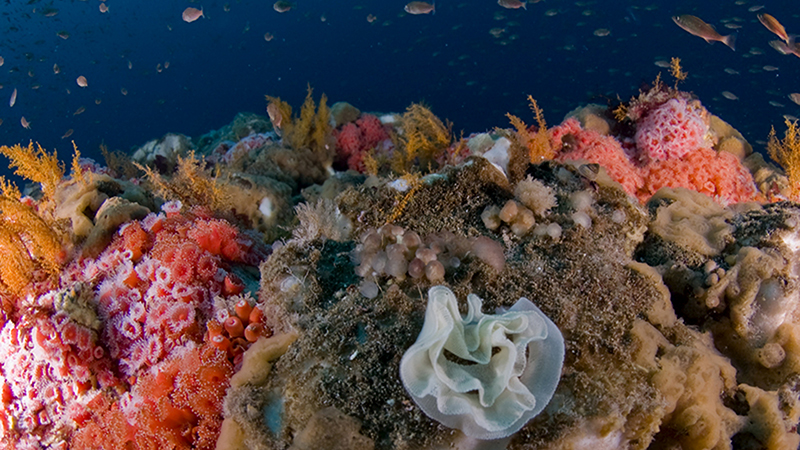
Resource Collections
Explore each collection of NOAA videos, lesson plans, webinars, web stories, virtual reality, and much more. We encourage formal and informal educators and other interested people to take advantage of the robust background information and educational materials available in each topically-based collection.

Sanctuaries 360° Virtual Reality Lessons
Sanctuaries 360° is a collection of immersive underwater experiences to bring America’s underwater treasures to viewers all over the world. Check out the virtual reality videos and 360° immersive photos to explore your national marine sanctuaries from the comfort of our home.
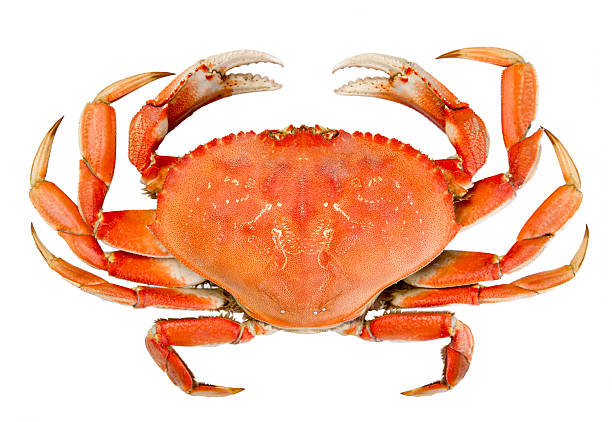
Dungeness Crab Ocean Acidification Toolkit
This communication toolkit is designed for educators and communicators to use to teach others about the impact of ocean acidification on Dungeness crab.
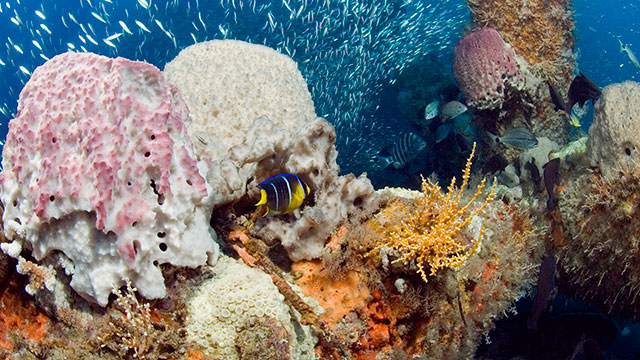
Connect to National Marine Sanctuaries Webinar Series
This webinar series will provide educators with educational and scientific expertise, resources and training to support ocean and climate literacy in the classroom.
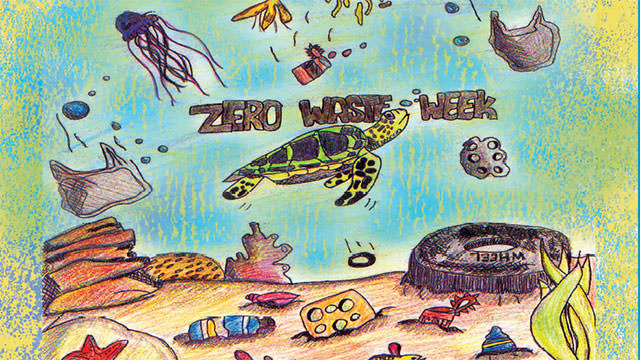
Students for ZERO WASTE WEEK
All schools are invited to participate in Zero Waste Week, March 21- April 22. During this campaign, students focus on reducing land-based waste in order to protect the health of local marine environments. Register now! Go Green and Think Blue!
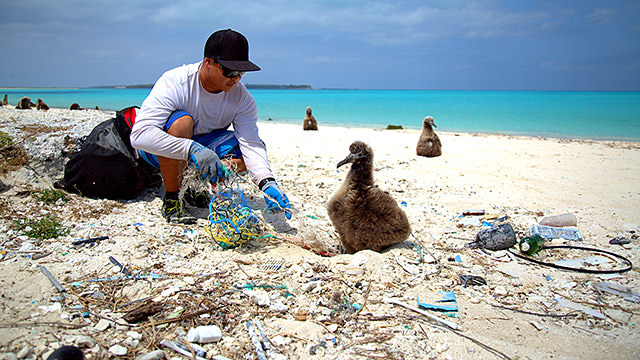
Marine Debris Monitoring Toolkit for Educators
This toolkit is designed to assist teachers in educating their students about marine debris and involving them in marine debris research and outreach. Using the toolkit, students conduct marine debris surveys and can enter their data into a national database, analyze monitoring results, and become involved in marine debris stewardship within their communities.
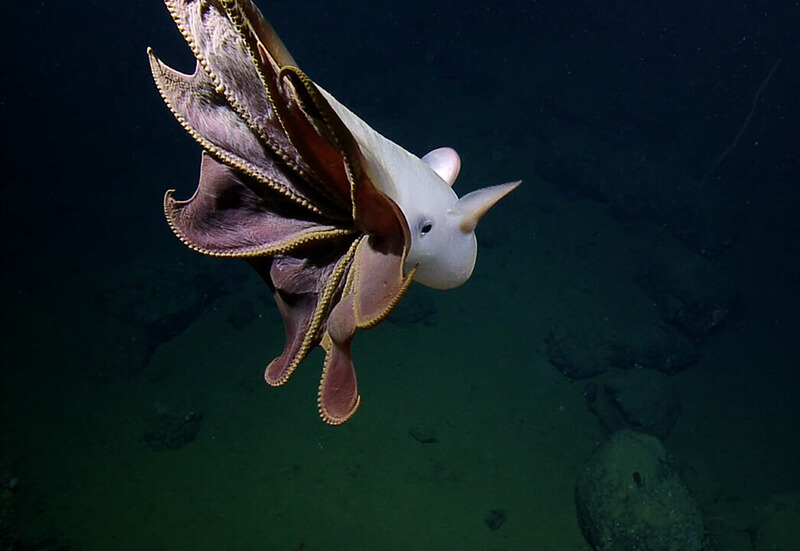
Sanctuaries Live Educational Resources
These resources include curriculum, lessons, activities and videos that align with the exploration expeditions that take place within your national marine sanctuaries. You are invited to join in these expeditions for live programming brought to you from the depths of the ocean. Live programming is available during the expeditions and these resources allow you to dive even deeper into ocean exploration with your classroom.
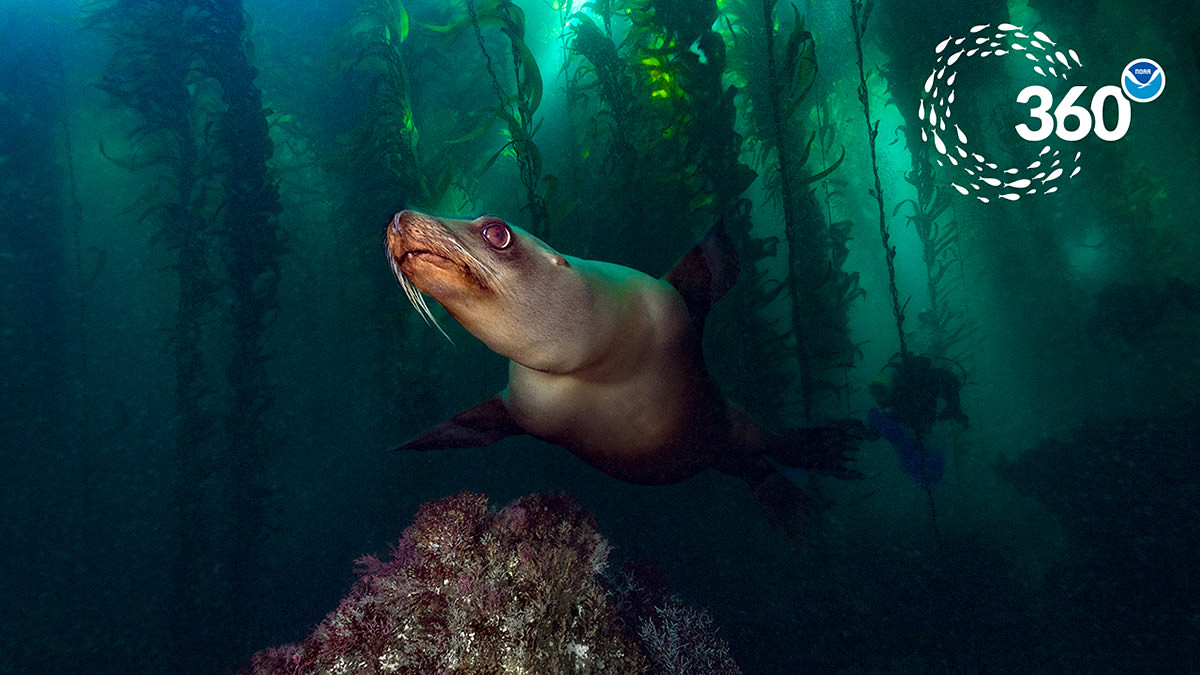
Virtual Dives
An immersive 360 degree view of your national marine sanctuaries.
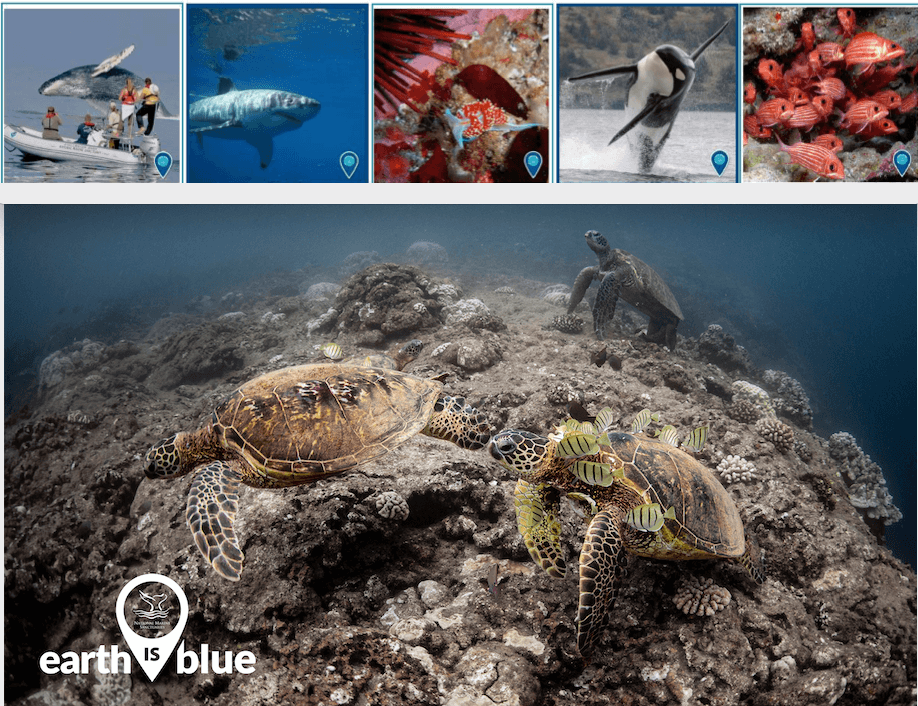
Earth is Blue
An array of stunning photos and short video clips We hope these images inspire you to help care for our ocean and to spread the word that Earth isn't green – it's blue.
Curriculum
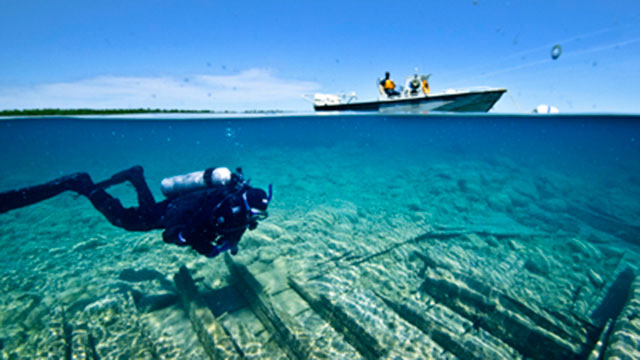
Maritime Archaeology: Discovering and Exploring Shipwrecks
Monitor National Marine Sanctuary offers a variety of free activities, lesson plans and guides for educators, including social studies activities, as well as science, technology, engineering, art and math.
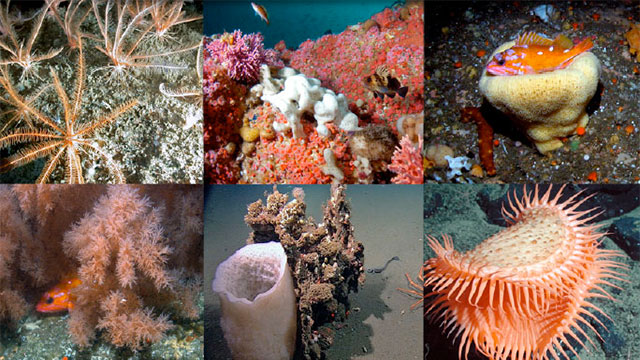
Deep Coral Communities
Deep-sea coral communities, like the ones found in the national marine sanctuaries of the West
Coast, are home to many diverse species. This curriculum takes students into the deep sea to
identify the soft corals, hard corals, invertebrates and fish found in these communities and to
investigate the unique biology of deep-sea corals.
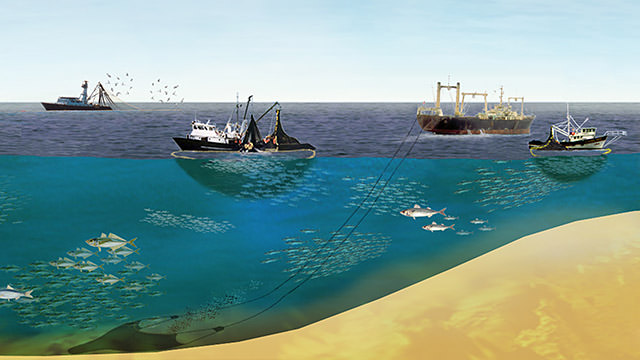
Voices of the Bay
Voices of the Bay introduces students to Monterey Bay's rich fishing heritage as well as its
relevance and value today. Each of the three instructional modules that make up the Voices of the
Bay curriculum may be implemented as stand-alone activities or sequenced, in the order suggested
below, as a more comprehensive course of study.
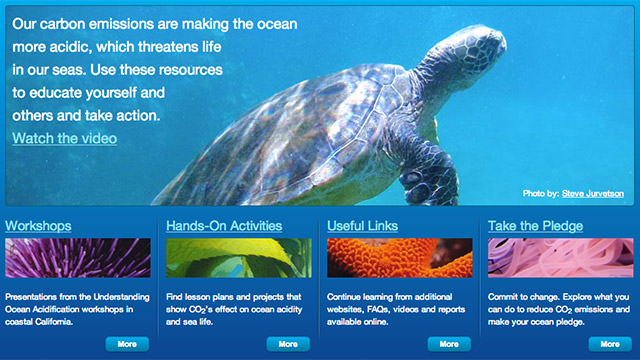
Ocean Acidification (OA)
Our carbon emissions are making the ocean more acidic, which threatens life in the global ocean. Use these resources to educate yourself and others to take action. Or watch science lectures on the topic of OA and download education resources for the high school classroom.
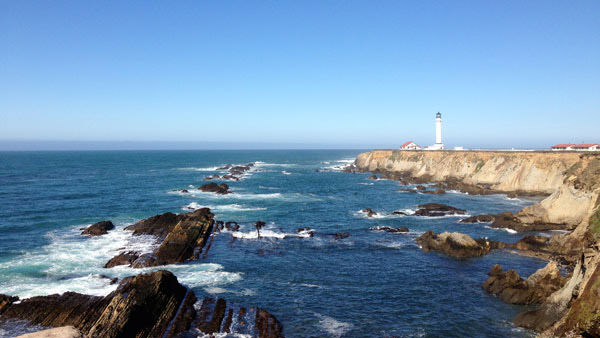
Coastal Ecosystem
The Farallones Marine Sanctuary Association has developed a seven-unit Coastal Ecosystem Curriculum for grades 9 - 12 that focuses on the open water and intertidal habitats in Greater Farallones National Marine Sanctuary. Teachers and educators who attend our teacher workshops receive this curriculum and all associated classroom activities.
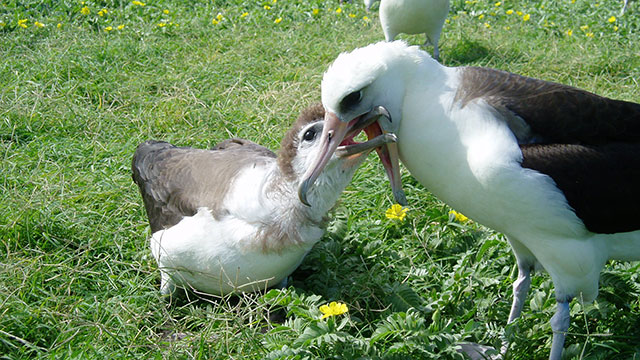
Winged Ambassadors
Albatrosses, charismatic and threatened seabirds, are ambassadors for a clean ocean. They traverse vast oceanic regions searching for floating food. Along their journeys, they ingest plastic trash and are hooked in fisheries. These five lessons use inquiry-based science instruction, aligned to standards for grades 6 - 8 with extensions for grades 9 - 12.
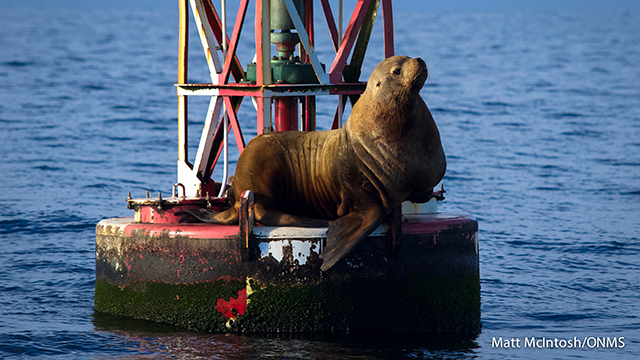
NOAA Ocean Data Education Project
The NOAA Ocean Data Education (NODE) Project is developing curriculum for grades 5-8 designed to help teachers and students use real scientific data to explore dynamic Earth processes and understand the impact of environmental events on a regional or global scale.
Lesson Plans/Units

Exploring Ocean Mysteries: From Dynamic Shores to the Deep Sea
What do world-traveling plastic toys, biodiversity in the deep sea, climate change and the last great unexplored area on Earth have in common? The critical need for ocean literacy! Exploring Ocean Mysteries is a curriculum that makes it easy to teach the seven Ocean Literacy Principles while meeting NGSS, Common Core and Climate Literacy standards. Lessons are targeted to middle grades and adaptable for grades 4-12.
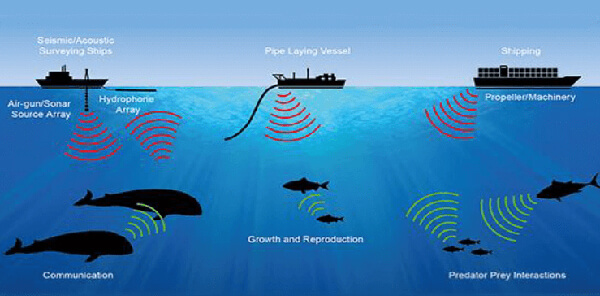
How Increased Ocean Noise Affects Whales
Hands-on activities and a selection of videos will show students in grades 3-5 how increasing ocean noise affects whales and their ability to communicate with each other. Students will learn how whales communicate, how sound travels in waves, and how sound travels faster in water than in air. Students will also learn how the deployment and recovery of acoustic mooring devices help scientists measure ocean noise.

Sanctuary Splash: Acoustics of Cetaceans
Students will experience listening to whale vocalizations and will participate in simulations of sound perception and efficiency of sound transfer through matter. Students will also gain a basic understanding of how sounds are measured and recorded when studied in a marine environment, and how various cetacean species communicate and are identified by the vocalizations they make.
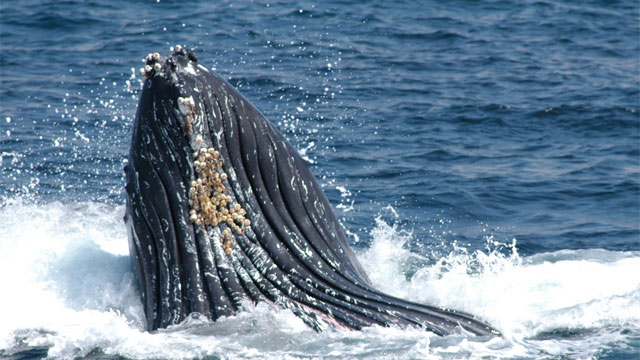
Science NetLinks: Marine Sanctuaries
In this lesson, students will learn about the national marine sanctuaries. They include breeding and feeding grounds of whales, sea lions, sharks and sea turtles; significant coral reefs and kelp forest habitats; and the remains of the USS Monitor, a Civil War ironclad sunk off the coast of North Carolina.
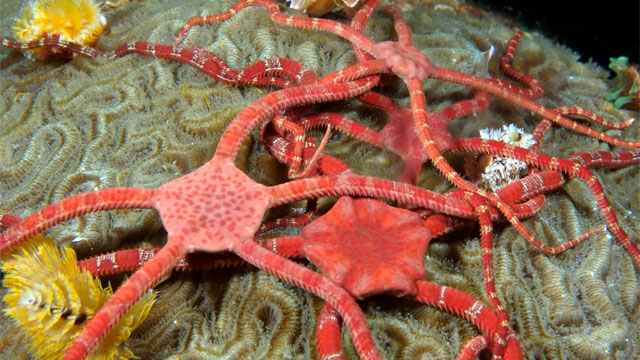
Science NetLinks: Marine Reserves
Ever declining numbers of marine plants and fish are sending ecologists scrambling for better ways to protect the ocean. Some have suggested that marine reserves are the answer. This Science Update looks at the unexpected impact marine reserves have on their surroundings.
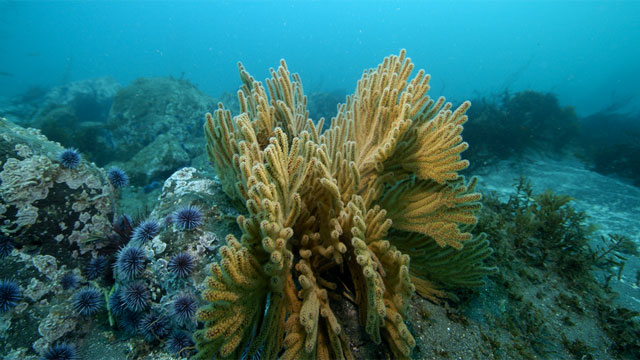
Threats to Ocean Life: Can Marine Sanctuaries Help?
This lesson provides an opportunity for students to learn about environmental problems in the ocean and how marine sanctuaries can help protect ocean habitats. Students will use National Geographic's Wild World Global 200 feature to learn about marine eco-regions and the environmental problems they are facing.
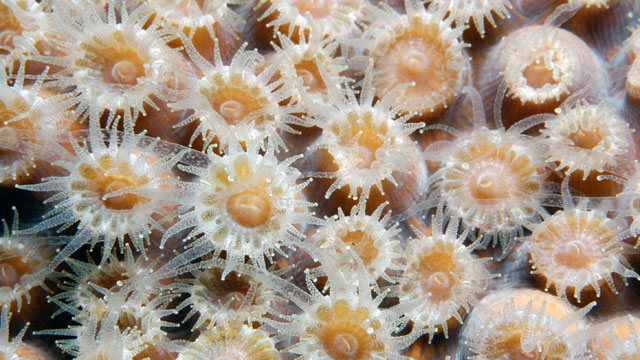
Coral Cores: Ocean Timelines
An activity describing the natural and scientific processes involved in paleoclimate research using coral cores obtained from Flower Garden Banks National Marine Sanctuary.
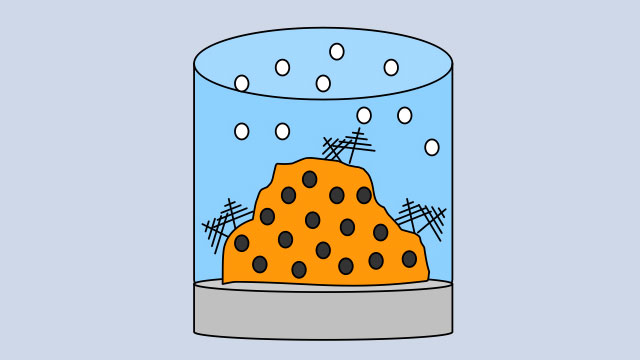
Coral Spawning Globe
Create a model of the mass coral spawning that occurs annually, seven to ten nights after the full moon in August and/or September.
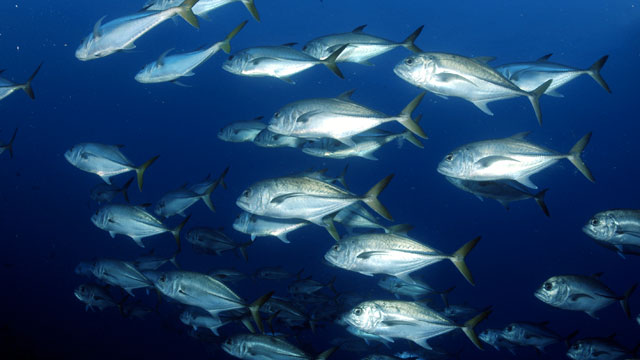
Empty Ocean
How does the human population affect the population of marine species? What can citizens do to sustain seafood populations? Have your students learn more by conducting this grades 6 - 8, standards-based lesson plan.
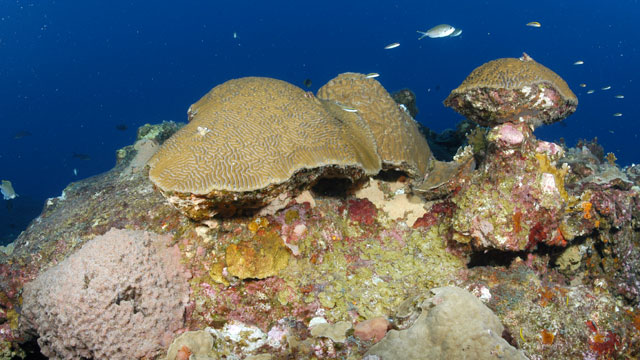
Reef Monitoring Lesson
This activity from Flower Garden Banks National Marine Sanctuary is designed to give students a sense of the real-life science being used to conduct long-term monitoring of habitats in the sanctuary.
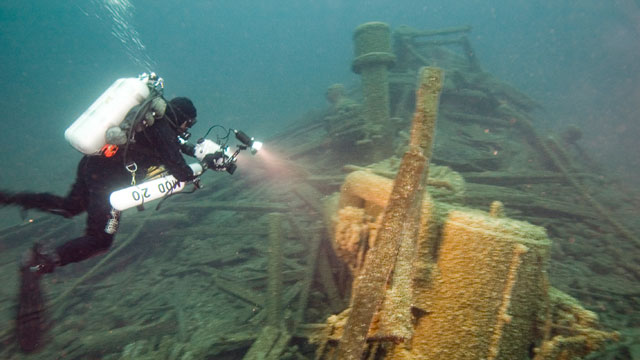
Mock Shipwreck Lesson Plan
This maritime heritage-based lesson plan generates excitement among students and peaks their curiosity about the people who lived and worked along our coasts and the events that shaped who we are today.
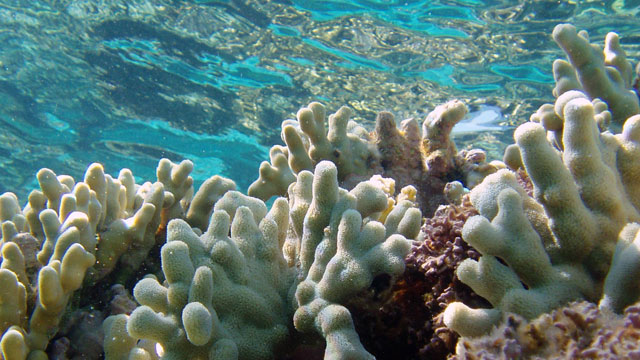
National Marine Sanctuary Lesson Plan
Explore our national marine sanctuaries and learn about habitats and human impacts with this
internet research activity.
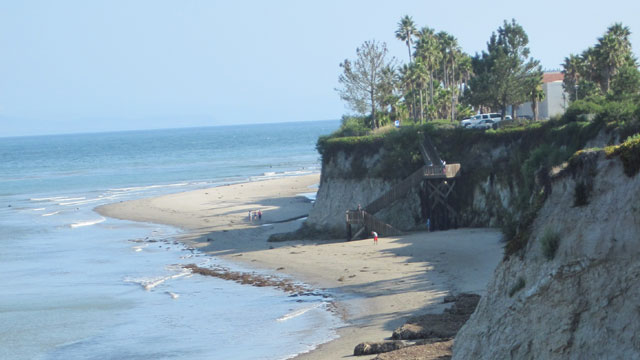
The Land-Sea Connection
This curriculum will increase students' understanding of science and geography.
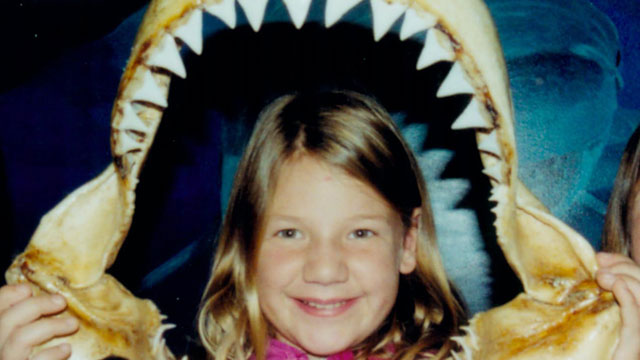
At Your School in San Francisco
Greater Farallones National Marine Sanctuary's At Your School programs in San Francisco bring the ocean to your classroom. They have programs for K - 12 that encourage your students to discover the wonder of ocean science without leaving the school grounds.
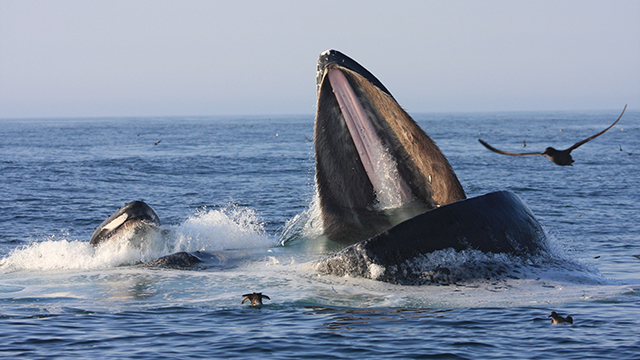
Game of Life
What does overfishing mean? What are the effects of overfishing on fish stocks? This grade 6-8, standards-based lesson plan tackles these difficult questions.
Evaluation
Learn how to create and see samples of program evaluation plans and an environmental education literature review. There are also tools and techniques for evaluation, examples of objectives and goals, an evaluation glossary and an online resource guide to evaluation.
Free Materials
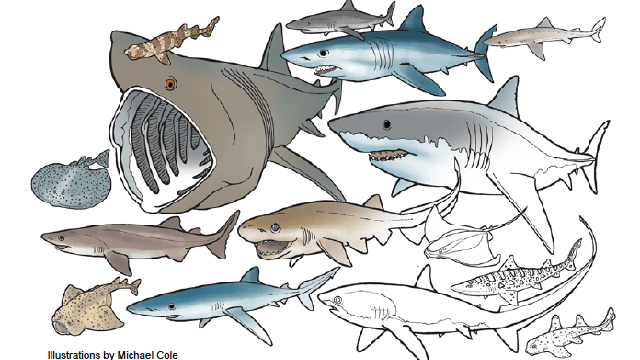
Sharks and Rays Coloring Book
Channel Islands National Marine Sanctuary is located off the coast of Santa Barbara and Ventura counties in California. Download this fun coloring book to discover the sharks and rays of the Channel Islands.
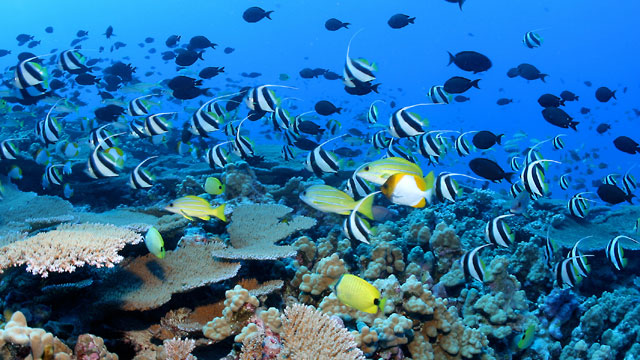
Ocean Literacy with Each One, Teach One Cards
Teach your students the seven essential principles of ocean literacy with these colorful and engaging cards that can be used following the "Each One, Teach One" methodology.
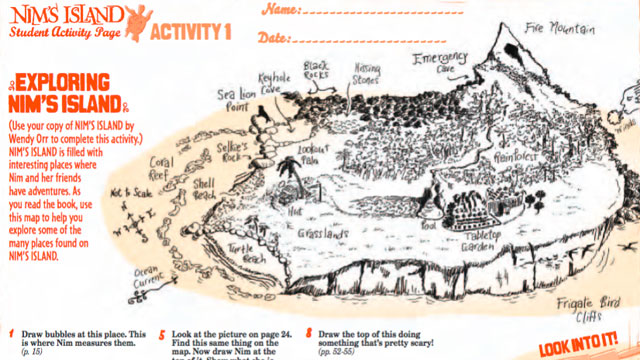
Explore Nim's Island
The movie "Nim's Island" tells the fictional story of an adventurous girl named Nim, who lives on a remote island in the South Pacific. Check out the fun educational resources related to this movie.
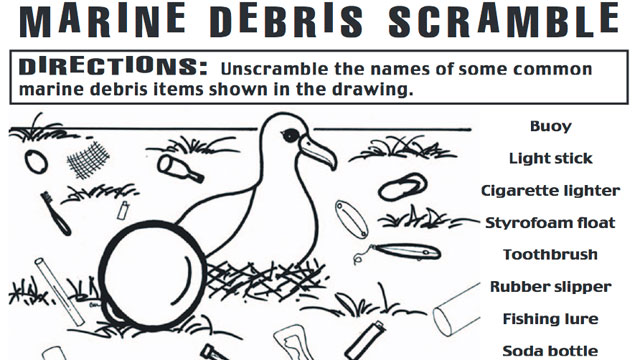
Seabirds and Shorebirds Activity Book
This activity book teaches students the about the seabirds and shorebirds that live in and migrate to Hawaii (pdf, 3.7MB). You can also visit the Hawaiian Islands Humpback Whale kid's page to download fun activities and posters.
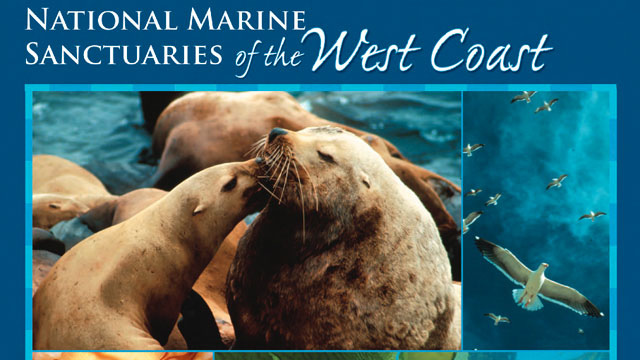
West Coast Field Guide
Learn more about the National Marine Sanctuaries of the West Coast through this downloadable west coast field guide. Explore the habitats, wildlife and culture of these five sanctuaries, and how they are all interconnected by ocean currents. Also discover how to practice daily conservation and get involved.
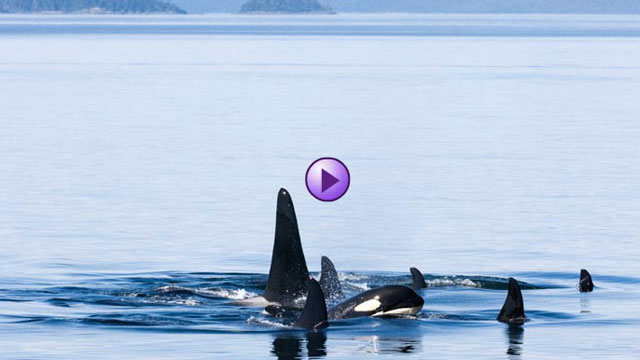
Ocean Adventures Videos
Check out Jean-Michel Cousteau's "Ocean Adventure" as KQED continues to produce short videos appropriate to bring the ocean into your classroom.
Workshops

Dive into Education
Dive into Education ocean science workshop provides teachers with educational expertise, resources and training to support ocean and climate literacy in the classroom. Workshops have been held in Hawaii, Georgia and American Samoa. Check out the archive to find out more.
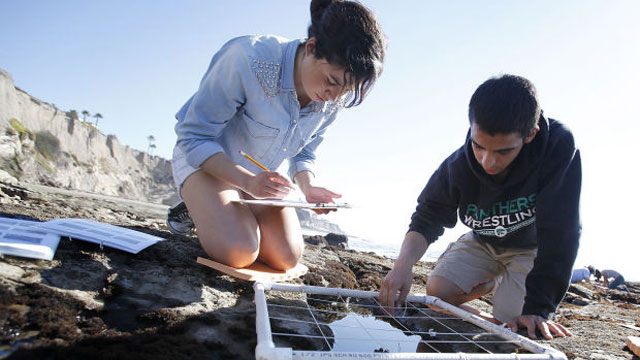
LiMPETS Teacher Workshops
Are you interested in learning about rocky intertidal and sandy beach monitoring techniques? Would you like to set up a field monitoring site with your students? If so, check out the professional development opportunities we have available.
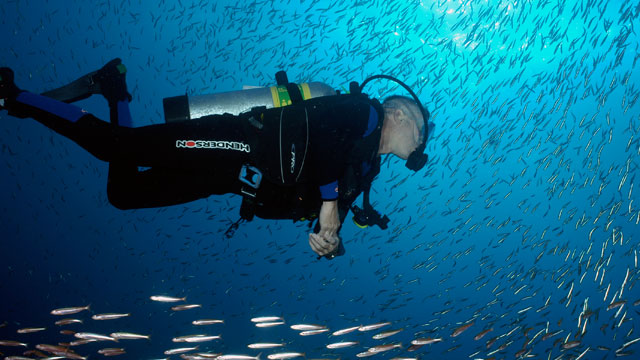
Coral Reef Workshop and Scuba Diving Adventure for Teachers
The annual Down Under, Out Yonder (DUOY) workshop is for K-12 and college entry educators nationwide. DUOY is a five-day teacher workshop that includes a two-day land-based workshop and three days of scuba diving in Flower Garden Banks National Marine Sanctuary.
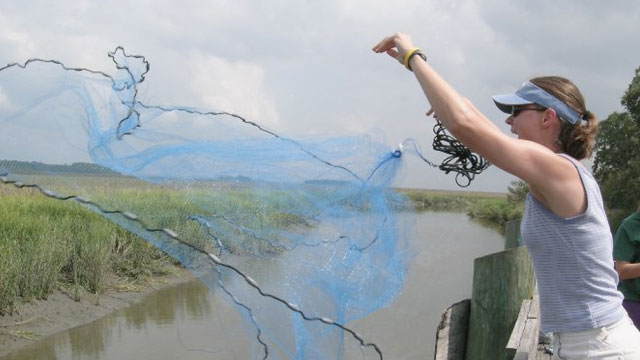
Rivers to Reef Workshops
This week-long teacher workshop led by the Georgia Aquarium and NOAA's Gray's Reef National Marine Sanctuary staff immerses teachers into the watery world as they learn about watersheds, water quality, current aquatic issues and river, marsh and reef ecosystems. Check out the 2010, 2011 and 2012 mission logs from the workshop.
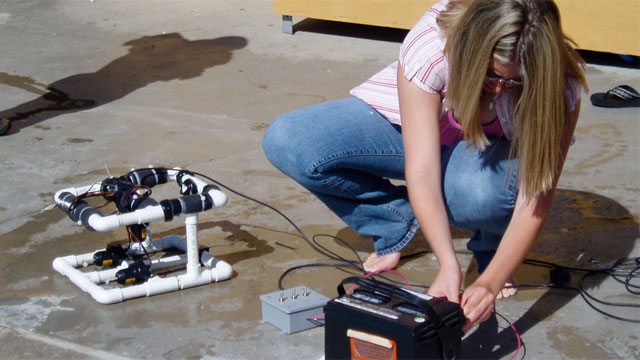
Remotely Operated Vehicle (ROV) Teacher Workshop
Support STEM during this hands-on workshops where teachers build their own Remotely Operated Vehicle (ROV) from PVC pipe and other materials while learning about ROV technology and its applications. These workshops occur at Gray’s Reef, Thunder Bay and Monitor national marine sanctuaries.
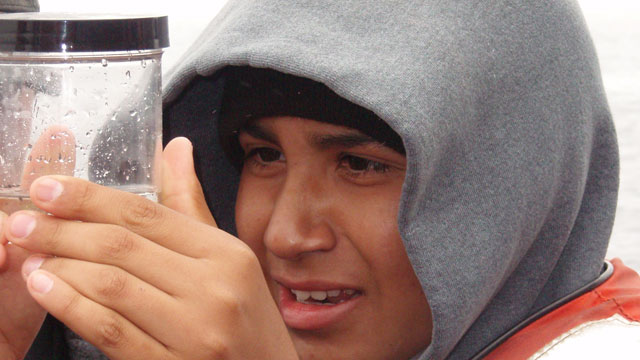
Channel Islands MERITO Academy
MERITO Foundation and change text to: MERITO is dedicated to protecting the ocean by facilitating education, conservation and scientific research opportunities for multicultural youth and their communities.
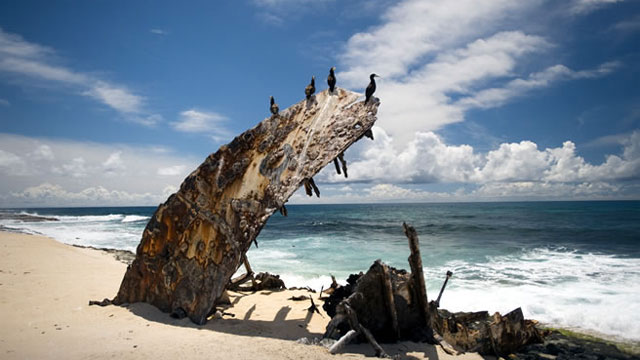
Charting a Course for Maritime Heritage Education
A conference that brought together formal and informal educators to promote the sharing of maritime related education partnerships, programs and products.
Field Studies
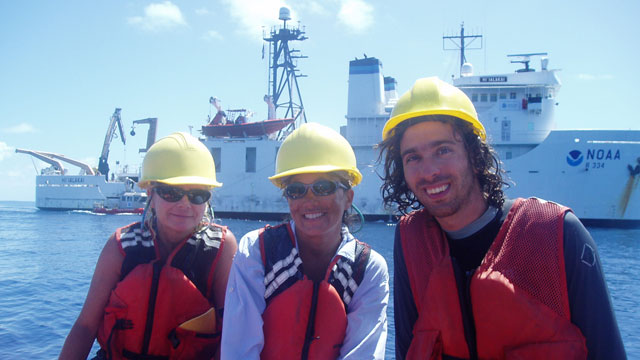
Teacher at Sea
Teachers can enrich their classroom curricula with a depth of understanding made possible by living and working side-by-side, day and night, with those who contribute to the world's body of scientific knowledge.
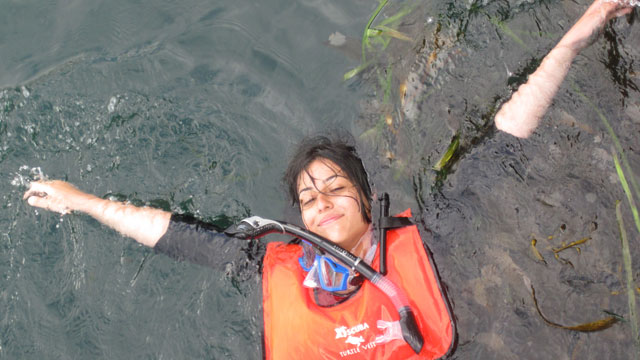
Ocean for Life
The Ocean for Life program is an initiative to increase cultural understanding through ocean science. Ocean for Life provides high quality, immersive ocean field studies and follow-on education programs to facilitate cross-cultural learning, appreciation, and lasting experiences between Middle Eastern and Western students.
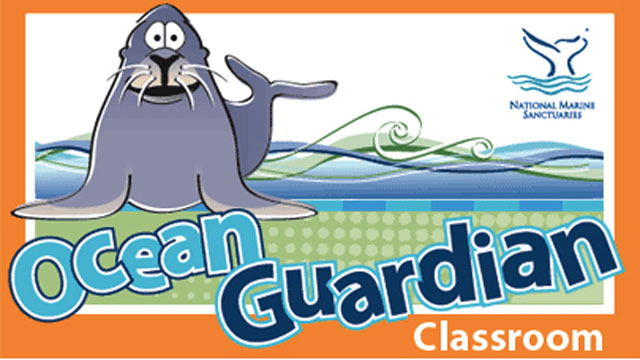
Ocean Guardian Classrooms
All schools and classrooms in the United States, no matter where they are located, have an impact on our global ocean. Even if your classroom is thousands of miles from shore, learning to live, work and play in a sustainable way protects your local watershed that eventually drains into the ocean.
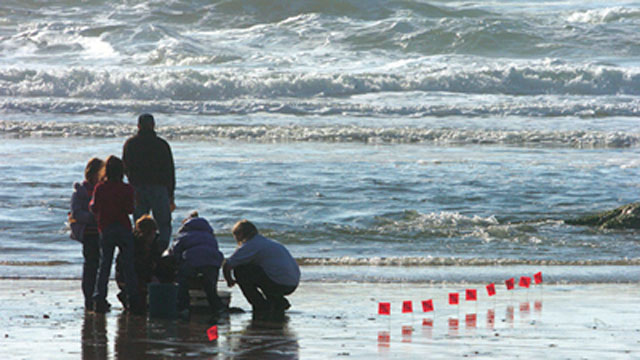
Environmental Monitoring Not Just for Scientists: LiMPETS
LiMPETS is an environmental monitoring and education program for students, educators and community members throughout California. These citizen scientists are collecting rocky intertidal and sandy beach monitoring data in the name of science and help to protect our local marine ecosystems.
Grants
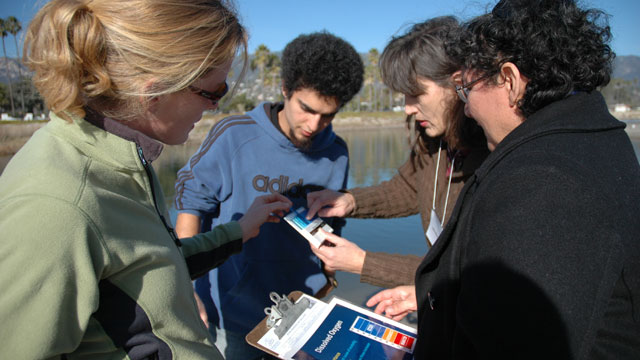
NOAA Bay Watershed Education and Training Grants (B-WET)
NOAA B-WET is an environmental education grant program that promotes meaningful watershed educational experiences in the K-12 environment. Learn more about the four B-WET regions that support national marine sanctuary communities by working with students and teachers to educate participants about issues impacting sanctuaries and highlight sanctuary resources.
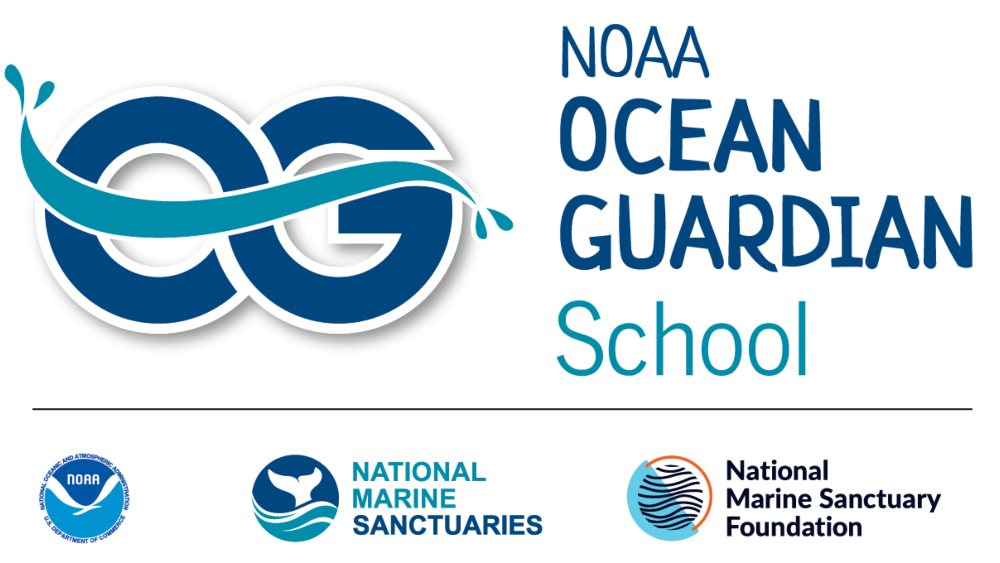
Ocean Guardian Schools
An Ocean Guardian School makes a commitment to the protection and conservation of its local watersheds, the world's ocean and special ocean areas, like national marine sanctuaries. Grants range in the amounts of $1K-$4K per school depending on the level of the project and funding year.


